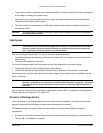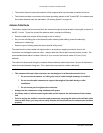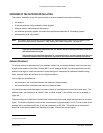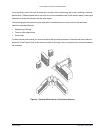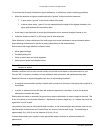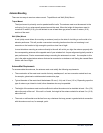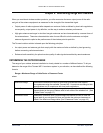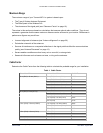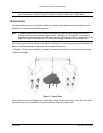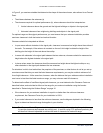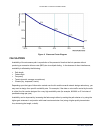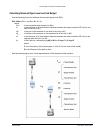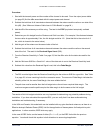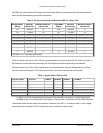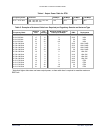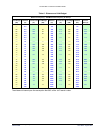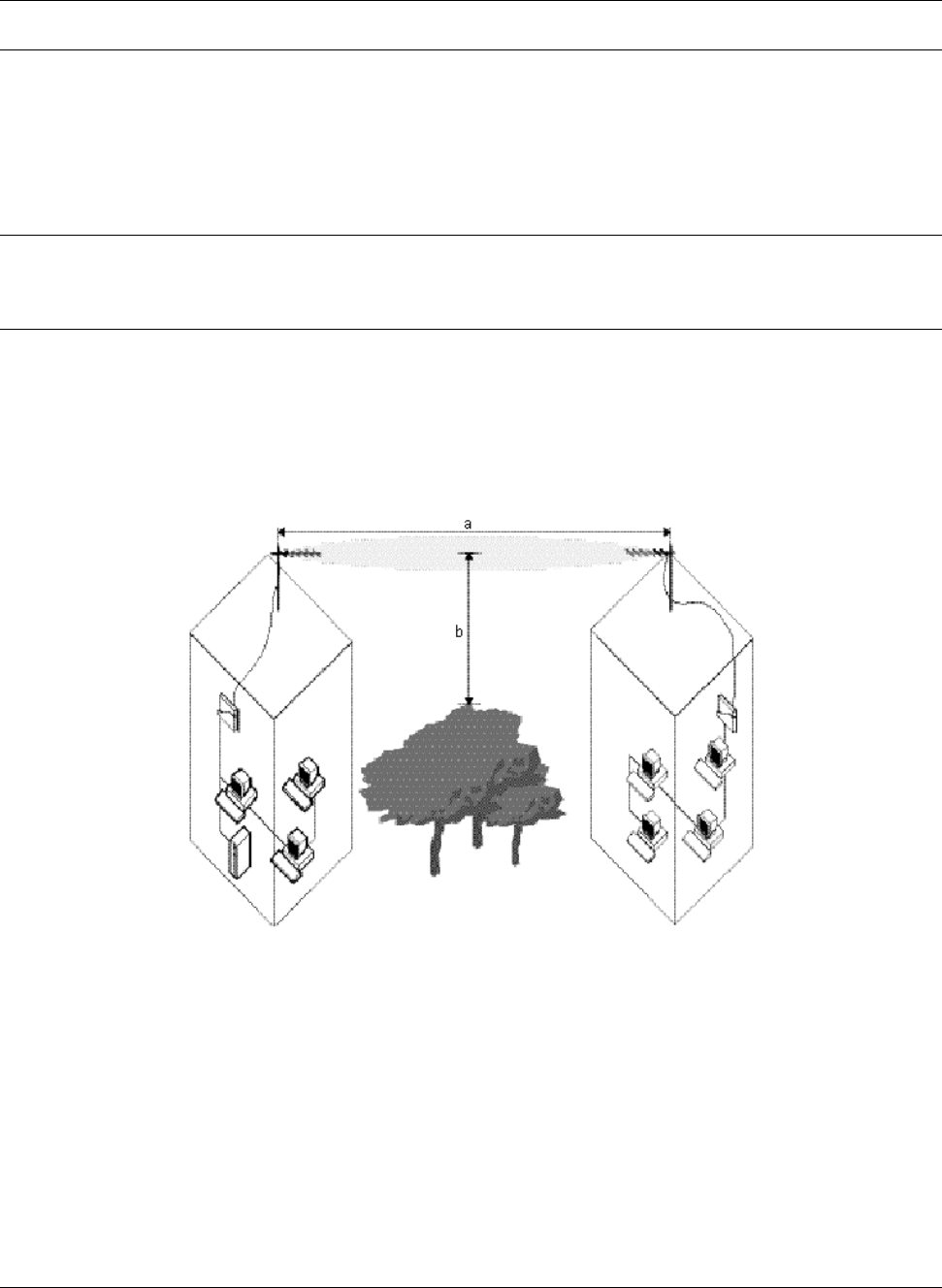
Tsunami MP.11a Antenna Installation Guide
Note: The allowed antenna cables depend upon local radio regulations, the frequency, and the antenna
gain used as listed in Table 5 on page 24 “Minimum Antenna Cable Loss in 5 GHz Bands.”
Clearance Factor
For optimal performance of your outdoor wireless link, the signal path between the Base Station Unit and
Subscriber Unit must provide sufficient clearance.
Note: A outdoor wireless link that lacks sufficient clearance will suffer from poor performance, which is
typically perceived as slow network response times. Although your Tsunami MP.11a equipment
automatically retransmits every lost data frame due to an out-of-range situation or frame collision, the
larger the number of retransmissions, the lower the throughput efficiency of your wireless link.
This section explains how to determine the clearance that applies in your environment and (if applicable) the
effect of insufficient clearance on the range of your outdoor wireless link.
In “Chapter 1. Preparing for Installation” on page 8, we described the shape of the antenna beam as being
“bulged” in the middle.
Figure 5. Fresnel Zone
If any significant part of this bulged zone is obstructed, a portion of the radio energy is lost, which can affect
the performance of your wireless link in terms of maximum range and transmit rate.
Chapter 2. Determining Range and Clearance 18
CPN 65756B Issue Date: August 2003



